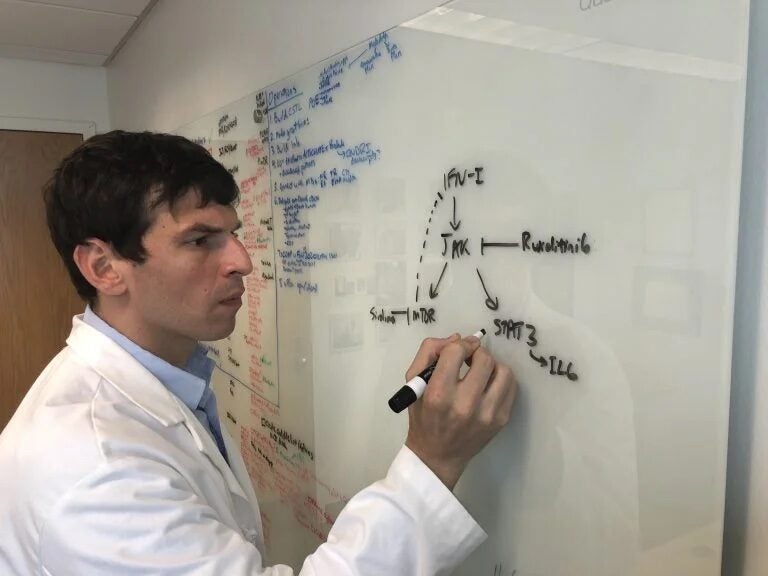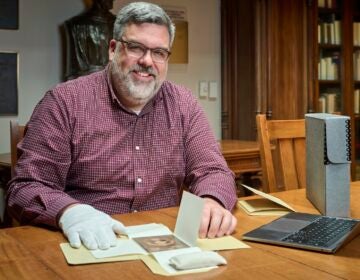What’s Lost In AI Translation? Can AI Help Cure Rare Diseases?
We talk with a doctor who discovered a cure for rare diseases with the help of artificial intelligence.
Listen 50:01
David Fajgenbaum leads a research lab at the University of Pennsylvania dedicated to studying Castleman disease, a rare illness that nearly killed him five times. The physician-researcher runs a nonprofit called Every Cure, which focuses on finding new uses for existing drugs. (Courtesy of David Fajgenbaum)
Physician and scientist David Fajgenbaum spent years searching for a cure for his rare illness. Now he is harnessing AI technology to find treatments for others. We speak with David Fajgenbaum, a professor at the University of Pennsylvania and co-founder and president of Every Cure, about how artificial intelligence can identify old drugs that could be used to treat orphan diseases.
AI translation apps work so well, fewer people are learning a new language. According to the Modern Language Association, the total enrollment in non-English language courses at American colleges dropped by 29.3% from 2009 to 2021. But, knowing that culture and language are intertwined, the question remains: What’s lost in AI translation? We chat with journalist Louise Matsakis.
WHYY is your source for fact-based, in-depth journalism and information. As a nonprofit organization, we rely on financial support from readers like you. Please give today.






